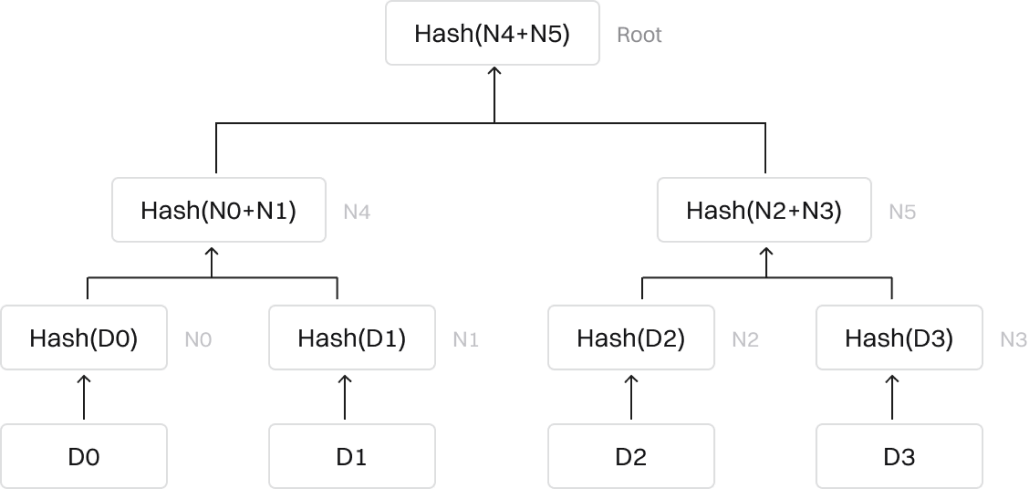The open-source code of Bitget's Proof of Reserves can be found on GitHub.
View here


Can be a telltale sign of asset misappropriation.
Low risk tolerance for black swan events.
Concentrated withdrawals can lead to a bank run, which may result in a loss of user assets.
Means that the platform has sufficient reserves.
Effectively guarantees that users' assets are safe.
The platform is capable of covering user withdrawals, even if 100% of user assets are withdrawn.


Can be a telltale sign of asset misappropriation.
Low risk tolerance for black swan events.
Concentrated withdrawals can lead to a bank run, which may result in a loss of user assets.



